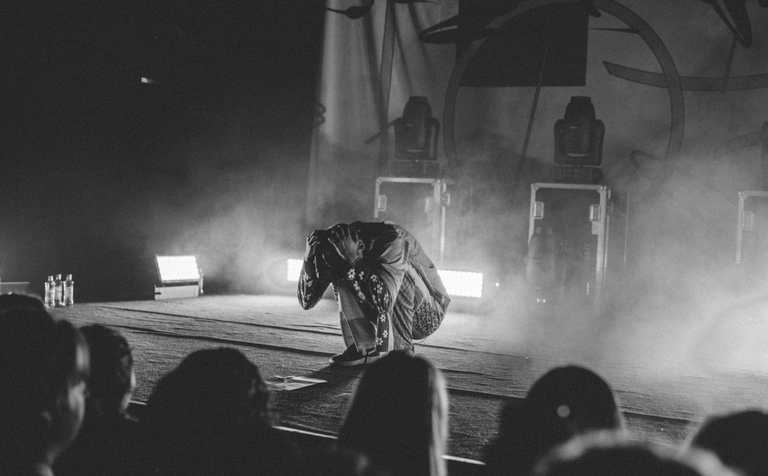Panic attacks can feel overwhelming, but practicing grounding and calming exercises can help you regain control and ease your symptoms. Here are five effective techniques to help calm your mind and body during a panic attack.
1. Deep Breathing
Regulate your breathing to counter hyperventilation and promote relaxation.
How to do it:
- Sit in a comfortable position or lie down.
- Inhale deeply through your nose for a count of 4.
- Hold your breath for a count of 4.
- Exhale slowly through your mouth for a count of 6.
- Repeat for 5–10 minutes or until you feel calmer.
Why it works: Deep breathing activates the parasympathetic nervous system, reducing stress and anxiety.
2. The 5-4-3-2-1 Grounding Technique
This technique helps you focus on the present moment by engaging your senses.
How to do it:
- Identify 5 things you can see.
- Touch 4 things around you.
- Notice 3 things you can hear.
- Recognize 2 things you can smell.
- Focus on 1 thing you can taste (like gum or water).
Why it works: Redirecting your attention to your surroundings can interrupt racing thoughts and reduce panic.
3. Progressive Muscle Relaxation (PMR)
Release physical tension by systematically relaxing each muscle group.
How to do it:
- Start with your toes: tense them for 5 seconds, then release.
- Move to your calves, thighs, abdomen, chest, arms, and face, tensing and releasing each group.
- Breathe deeply as you relax each muscle.
Why it works: PMR helps release physical tension often associated with panic attacks.
4. Visualization or Guided Imagery
Create a mental “safe space” to distract yourself from fear.
How to do it:
- Close your eyes and picture a place where you feel peaceful and secure (e.g., a beach, forest, or cozy room).
- Focus on the details: What do you see, hear, feel, and smell?
- Spend 5–10 minutes immersed in this mental imagery.
Why it works: Visualization shifts focus from panic to calm, offering a mental escape from distress.
5. Movement and Grounding
Engage your body in gentle movement to release tension and ground yourself.
How to do it:
- Walk slowly and pay attention to the feeling of your feet hitting the ground.
- Stretch your arms and legs or do light yoga poses.
- Try shaking out your hands or doing small, repetitive motions like squeezing a stress ball.
Why it works: Movement channels nervous energy and reconnects you to your physical self.
Additional Tips:
- Stay hydrated: Sip water to soothe your system.
- Use affirmations: Repeat calming phrases like “This will pass” or “I am safe.”
- Seek support: Let a trusted person know how you feel if you need help.


